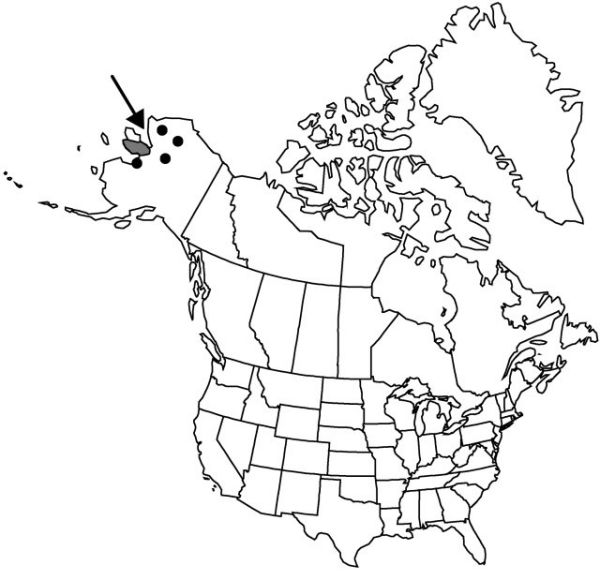Veratrum album var. oxysepalum
in K. Miyabe and T. Miyake, Fl. Saghalin, 484. 1915.
Stems 0.3–1 m, glabrous proximally, villous in inflorescence. Leaves basal and proximal cauline ovate to elliptic, 10–25 × 5–18 cm, reduced distally, glabrous to sparsely villous at least on veins. Inflorescences spiciform-racemose or with few, short, ascending branches proximally, 0–10 cm, sparsely villous; bracts lanceolate, 1/2 as long as to equaling flowers, sparsely villous, ciliate. Tepals yellowish green, lanceolate to lance-ovate, not clawed, 7–12 mm, margins denticulate, sparsely villous at least in proximal 1/2; gland 1, basal, green to yellowish green, V-shaped; ovary subglabrous. Capsules elliptic to oblong, 1–1.5 cm, subglabrous. Seeds flat, broadly winged, 5–7 mm. 2n = 64.
Phenology: Flowering early summer–late fall.
Habitat: Wet, marshy soils in mesic tundra and Salix thickets
Elevation: 0–1000 m
Distribution

Alaska, ne Russia, n Japan (Hokkaido).
Discussion
Selected References
None.